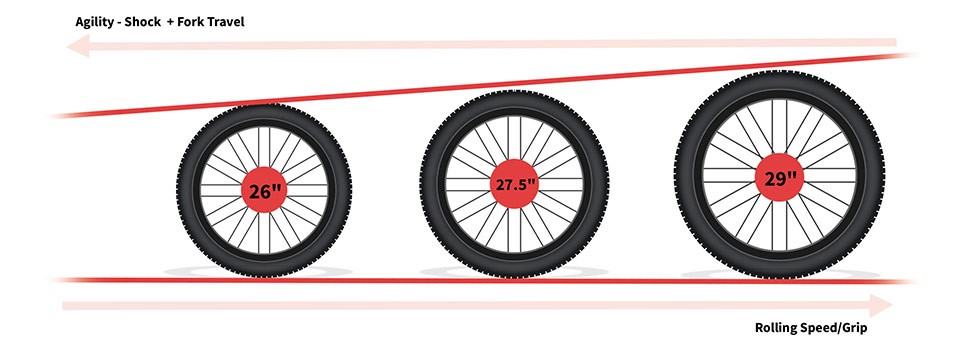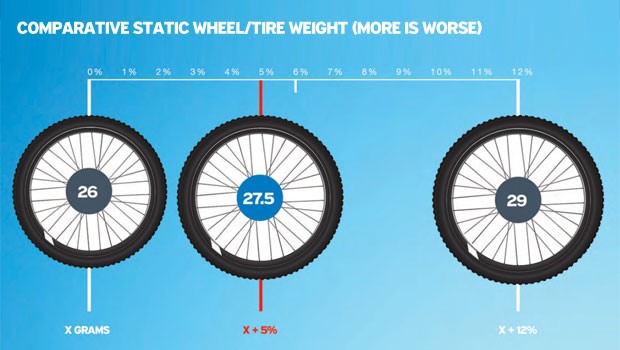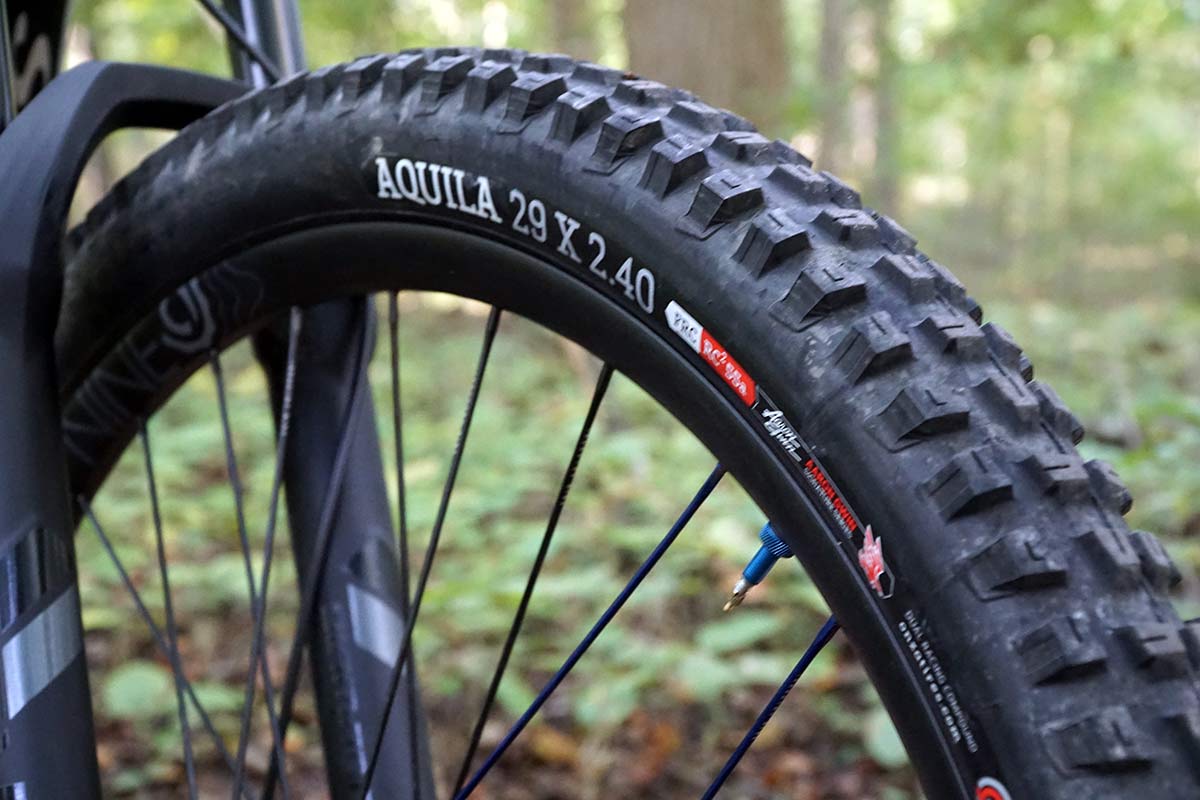Unlocking the Secrets of MTB Wheel Sizes
Mountain biking is a sport that demands precision, agility, and control. One crucial aspect that can make or break a rider’s performance is the wheel size of their mountain bike. A well-chosen wheel size can elevate a rider’s experience, providing a responsive and efficient ride. On the other hand, a mismatched wheel size can lead to a sluggish, unresponsive ride that hampers performance. This is why a comprehensive MTB wheel size guide is essential for riders seeking to optimize their mountain biking experience. By understanding the intricacies of wheel sizes, riders can unlock their full potential and take their skills to the next level.
Understanding the Different MTB Wheel Sizes: A Breakdown
When it comes to mountain biking, wheel size is a critical component that can significantly impact performance, handling, and overall riding experience. With various wheel sizes available, it’s essential to understand the unique characteristics, advantages, and disadvantages of each. The four most common MTB wheel sizes are 26″, 27.5″, 29″, and 29+. Each size is designed to cater to specific riding styles, terrains, and preferences. For instance, 26″ wheels are ideal for tight, technical trails, while 29″ wheels excel on fast, flowy singletrack. The 27.5″ wheel size, also known as 650b, offers a balance between agility and speed. The 29+ wheel size, with its wider tires, provides unparalleled traction and stability. By grasping the strengths and weaknesses of each wheel size, riders can make informed decisions and optimize their mountain biking experience with this comprehensive MTB wheel size guide.
How to Choose the Right Wheel Size for Your Riding Style
Selecting the ideal wheel size for mountain biking is a crucial decision that depends on various factors, including riding style, terrain, and personal preference. To make an informed choice, riders must consider the trade-offs between speed, agility, and control. For instance, cross-country riders who prioritize speed may opt for 29″ wheels, while trail riders who value agility may prefer 27.5″ wheels. Enduro riders, on the other hand, may choose 29″ wheels for their stability and traction. When choosing a wheel size, riders should also consider the terrain they’ll be riding on. Tight, technical trails may require smaller wheels, while fast, flowy singletrack may benefit from larger wheels. By understanding the nuances of each wheel size and how they interact with different riding styles and terrains, riders can make an informed decision and optimize their mountain biking experience with this comprehensive MTB wheel size guide.
The Impact of Wheel Size on MTB Performance: A Closer Look
Wheel size has a profound impact on mountain bike performance, influencing various aspects such as rolling resistance, acceleration, and maneuverability. A deeper understanding of these factors is essential for riders seeking to optimize their MTB experience. For instance, larger wheels (29″ and 29+) tend to roll faster and more efficiently, making them ideal for cross-country and endurance riding. However, they can be more difficult to maneuver in tight spaces, which may hinder performance in technical terrain. Smaller wheels (26″ and 27.5″), on the other hand, offer greater agility and control, but may sacrifice some speed and efficiency. By grasping the intricacies of wheel size and its effects on MTB performance, riders can make informed decisions and fine-tune their setup for optimal results. This comprehensive MTB wheel size guide provides expert insights and real-world examples to help riders unlock their full potential.
Real-World Examples: How Top MTB Brands Approach Wheel Size
Prominent mountain bike brands, such as Trek, Specialized, and Giant, have developed unique approaches to wheel size in their designs. Trek, for instance, offers a range of wheel sizes across their models, from 27.5″ on their Fuel EX trail bikes to 29″ on their Top Fuel cross-country bikes. Specialized, on the other hand, has adopted a more nuanced approach, offering 29″ wheels on their Epic and Stumpjumper models, while reserving 27.5″ wheels for their more aggressive, enduro-focused bikes. Giant, meanwhile, has opted for a more standardized approach, with 29″ wheels featured across their entire range of mountain bikes. By examining the philosophies and innovations of these top brands, riders can gain valuable insights into the role of wheel size in MTB design and make informed decisions when choosing their next bike. This comprehensive MTB wheel size guide provides a detailed look at the approaches of top brands, helping riders navigate the complex world of wheel size and optimize their mountain biking experience.
Wheel Size and Suspension: The Interplay Between Two Critical Components
The relationship between wheel size and suspension is a crucial aspect of mountain bike design, as both components work together to enhance or hinder MTB performance. A larger wheel size, for instance, can benefit from a more aggressive suspension setup, allowing riders to tackle rough terrain with confidence. Conversely, a smaller wheel size may require a more subtle suspension setup to maintain agility and control. By understanding the interplay between wheel size and suspension, riders can optimize their setup for optimal performance. For example, a 29″ wheel paired with a 120mm travel fork can provide a smooth ride on cross-country trails, while a 27.5″ wheel paired with a 160mm travel fork can offer greater control on technical, enduro-style terrain. This comprehensive MTB wheel size guide provides expert insights into the complex relationship between wheel size and suspension, helping riders fine-tune their setup for optimal results.
Upgrading Your MTB Wheels: A Step-by-Step Guide
Upgrading your mountain bike wheels can be a game-changer for riders seeking improved performance, handling, and overall riding experience. This comprehensive MTB wheel size guide provides a practical guide to upgrading MTB wheels, covering the process of selecting new wheels, installing them, and fine-tuning the setup for optimal performance. When selecting new wheels, riders should consider factors such as wheel size, material, and hub type, as well as the terrain and riding style they will be used for. Once the new wheels are selected, riders can follow a step-by-step process for installation, including removing the old wheels, installing the new ones, and adjusting the brakes and gears. Finally, riders can fine-tune their setup by adjusting the tire pressure, suspension, and other components to optimize performance. By following this guide, riders can unlock the full potential of their mountain bike and take their riding to the next level. Remember, choosing the right wheel size is crucial, and this MTB wheel size guide is here to help.
Conclusion: Finding the Perfect Wheel Size for Your MTB Adventures
In conclusion, choosing the right wheel size is a critical component of mastering mountain bike performance. By understanding the different wheel sizes available, their unique characteristics, and how they affect MTB performance, riders can make informed decisions to optimize their setup. This comprehensive MTB wheel size guide has provided a thorough breakdown of the various wheel sizes, their advantages and disadvantages, and how to choose the right wheel size for your riding style. Additionally, it has explored the interplay between wheel size and suspension, and offered a practical guide to upgrading MTB wheels. By considering the key takeaways from this article, riders of all levels can unlock the full potential of their mountain bike and take their riding to the next level. Remember, finding the perfect wheel size is crucial, and this MTB wheel size guide is here to help. Whether you’re a seasoned pro or just starting out, optimizing your wheel size can make all the difference in your MTB adventures.








